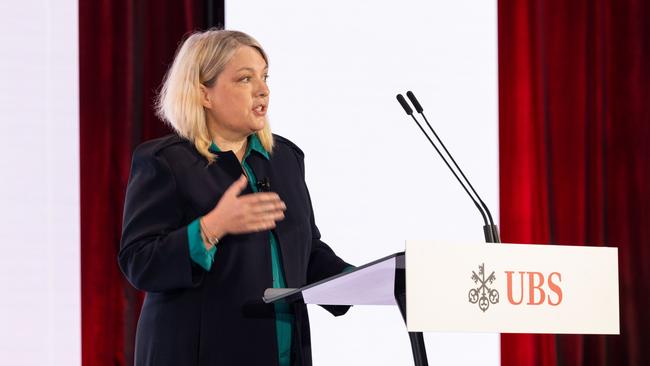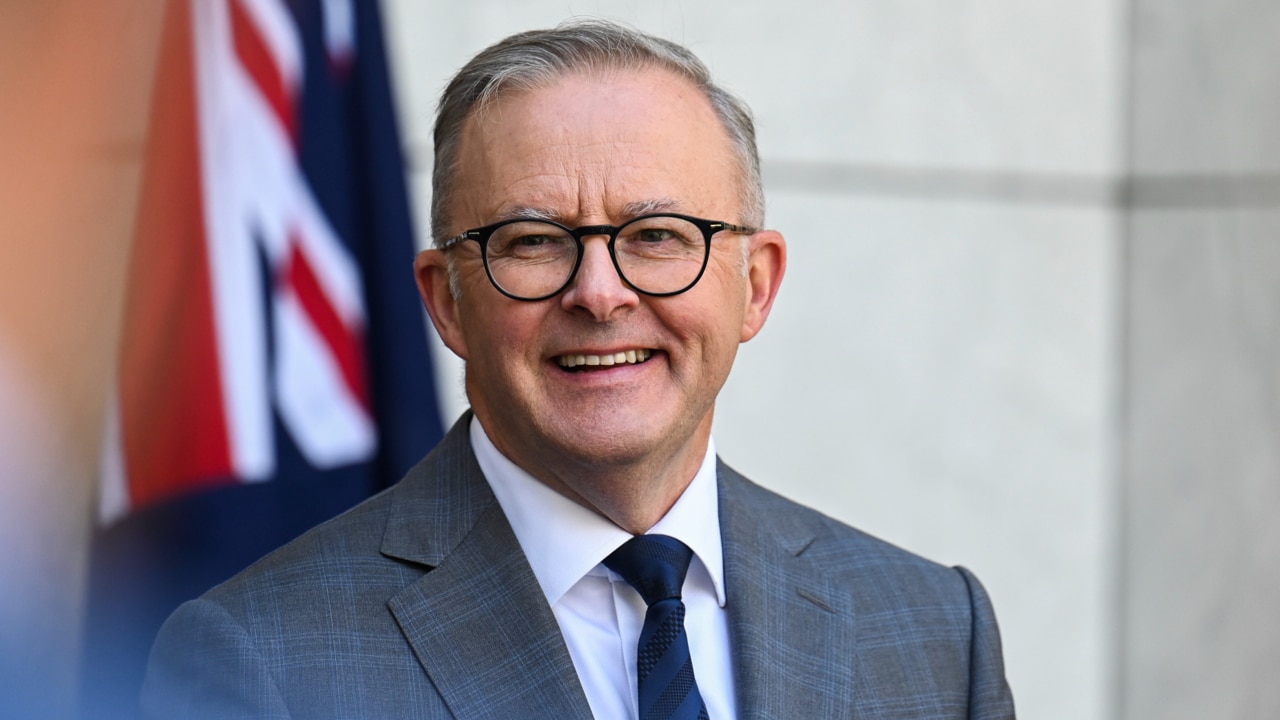RBA says drop in services inflation key to interest rate cuts
The Reserve Bank’s head of economic analysis says inflation has eased but is ‘still high’, flagging that a marked decline in persistent price pressures in the services sector would be a prerequisite to rate cuts.

The Reserve Bank’s head of economic analysis says inflation has eased but is “still high”, flagging that a marked decline in persistent price pressures in the services sector would be a prerequisite to rate cuts.
Speaking at a conference in Sydney on Tuesday morning, Marion Kohler said wage growth had peaked, goods inflation was retreating quickly, but that the persistent cost pressures facing businesses would keep price growth for services high.
Echoing the warning from RBA governor Michele Bullock last week, Dr Kohler also said a productivity rebound over coming years was needed to keep pay rises consistent with achieving the bank’s 2-3 per cent inflation target over time.
Ms Kohler said the recent drop in consumer price growth – from 5.4 per cent in September to 4.1 per cent in December – had been driven by a quicker than anticipated fall in goods inflation.
“Looking ahead, we expect goods inflation for many categories to be low for a time. This reflects the earlier improvements in global supply chains and below-trend global demand,” she said.
“Recent events in the Red Sea highlight that this moderation in global goods inflation might be bumpy, however.”
“But services price inflation remains high and broadly based,” Dr Kohler said.
“This strength has been because of continued pressure from the level of demand exceeding supply alongside strong growth in domestic costs.
“Firms in our liaison program continue to say that they face pressure from higher labour and non-labour costs like professional services, logistics and insurance.
“We are forecasting that services inflation will decline from here, but only gradually as demand moves into better balance with supply and domestic cost pressures moderate. This decline in services price inflation is necessary for the inflation target to be achieved over time.”

Ms Kohler outlined how the bank’s economists expected the economy to slow through 2024, as households feel the bite of the rapid-fire interest rate hikes and high and rising prices.
Easing inflation pressures and the return of real income growth should drive a pick-up in spending and activity towards the end of this year, she said, but “as always, there are a range of uncertainties around these forecasts”.
“First, while we have a good idea of how tighter monetary policy has affected household incomes, the full effect on household consumption is still to play out,” Dr Kohler said.
“It is possible that – following a period of large declines in real incomes – households save more of their income than we expect and so consumption remains subdued for longer than anticipated. This would put downward pressure on labour demand and inflation,” she said.
This was counterbalanced by the potential for developments that would keep inflation higher for longer, Dr Kohler said.
“This could happen if households save less or draw down on their savings to support spending to a greater degree than assumed in our central forecasts,” she said.
“The pressure on labour or non-labour costs could also be more than we expect – for instance, from poor productivity outcomes or unexpected supply shocks.”
Dr Kohler also outlined the dangers of allowing inflation to stay too high for too long, and becoming embedded in Australians’ psyches.
“And history shows that, if inflation expectations were to drift higher, it would require more monetary policy tightening and a costly period of higher unemployment to stabilise inflation expectations and return inflation to target,” she said.
“The overall cost of labour is one cost consideration for firms when setting the prices of the goods and services they provide, particularly in the relatively labour-intensive services sector,” Dr Kohler said.
“We expect wage growth to be around its peak and to decline gradually in line with the easing labour market,” she said.
“Importantly though, overall labour costs faced by firms are also determined by labour productivity – that is, the output produced by each hour an employee works. Recent weak productivity outcomes have been an important contributor to high labour cost growth.
“Our forecast for wages growth is consistent with inflation in the target range, assuming that productivity growth returns to around its long-run average over the next few years.”
Dr Kohler said she expected productivity growth to recover.
“While it is difficult to forecast productivity growth, much of the recent weakness in productivity has likely been a by-product of the pandemic and the economic cycle and so can be expected to unwind over the next few years.”








To join the conversation, please log in. Don't have an account? Register
Join the conversation, you are commenting as Logout